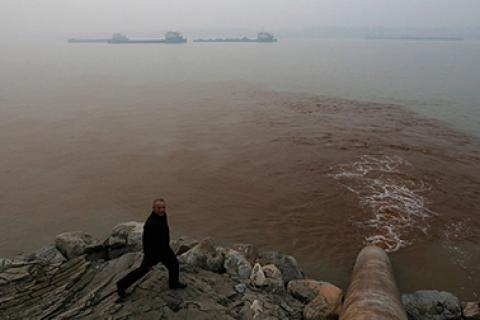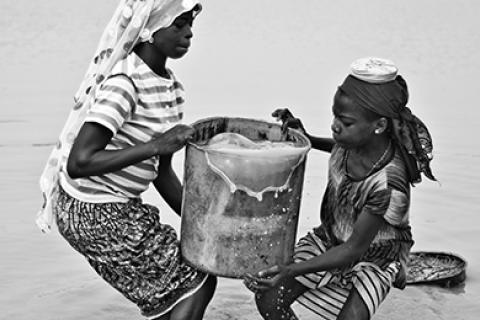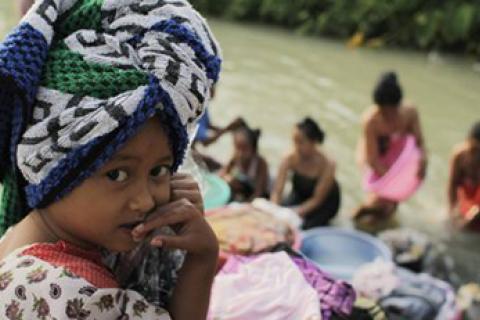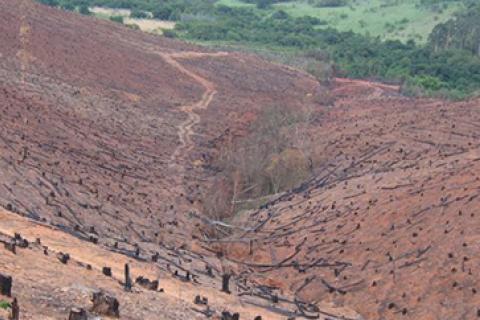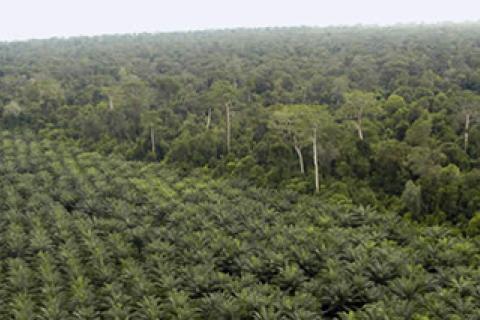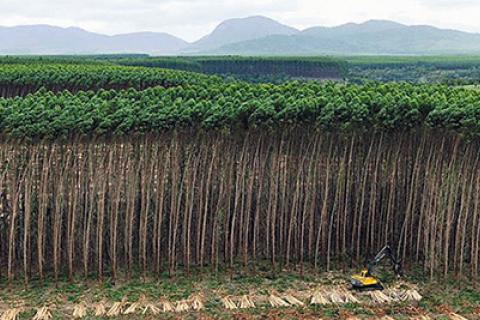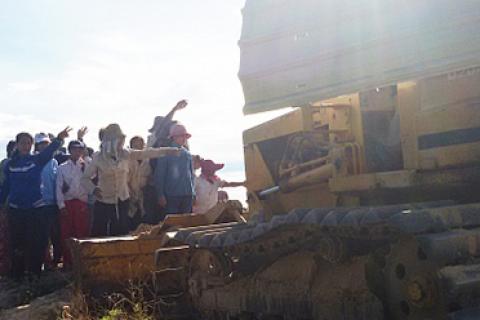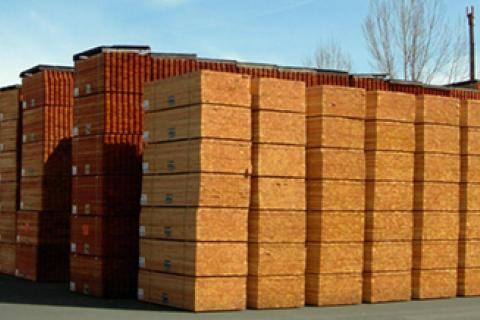The economic model of over-production and consumption directly affects the access of local populations to drinking water as well as their livelihoods. Water, essential to life and considered “sacred” by many traditional peoples, is seized from the territories.
Bulletin articles
The idea of water as a “resource” keeps us far away from conceiving the whole: the living cycles.
People in Indonesia, particularly in the Banten province, on the island of Java, demand that the government enforce the law and restore river catchment areas (watersheds or river basins) after years of water contamination of the Ciujung river. The contamination is caused by Asia Pulp and Paper, one of the main pulp and paper company active in Indonesia, releasing waste into the river.
Vast volumes of water are being misappropriated by “silent” thieves that operate 24 hours a day, 365 days a year. Corporations setting up monoculture plantations are the culprits, but, how can planted trees behave so differently from natural forests?
For a long time, WRM, along with other organizations and social movements, has denounced the certification of projects that are destructive to forests and their web of life. These projects have also proven to be detrimental to communities living in and depending on forests. The Forest Stewardship Council (FSC) certification not only legitimates industrial logging in tropical forests and vast areas of monoculture plantations, but has also been associated with carbon markets, by certifying trees planted for “carbon capture".
For several years now the Food and Agriculture Organization of the United Nations (FAO) has celebrated the International Day of Forests on March 21. This year’s theme is: “Forests, Climate, Change.” But the changes we see that the FAO promotes only increase the problems of the peoples who depend on forests, such as the trend in Southern countries, like China, Malaysia, Brazil and Chile, to promote commercial plantations of genetically engineered trees.
